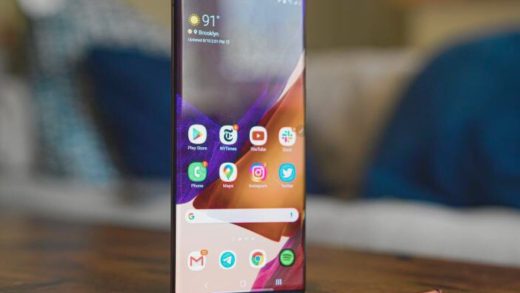It’s getting harder and harder to choose an app because now, more apps are starting to look similar to each other. With so many different apps seeking attention, it’s no surprise that 75% of users stop opening the app the next day.
An app must be completely perfect for the user or have captured their attention so they can return. With so many options available, a better alternative can be found in seconds. Any small mistake can kill your application in an environment where competition is fierce. It’s about more than how well your app performs a certain function. What matters more is whether you can avoid the same mistakes as the competition.
Errors in application development
Not investing in security.
By the time your app starts gaining popularity, someone will try to hack your app. It doesn’t matter if your application handles important or sensitive information; you must protect customer information. Therefore, the data your application receives and sends must be secure and resistant to hacking.
All messages passing through the app must use AES/SSL/TLS encryption and that end-to-end. This means that each message is sent with encryption, and decryption only takes place when it is received. Therefore, when the message is en route, it should not be possible to extract it.
Not paying attention to bandwidth optimization
In application development, the goal is not to develop an application that is the best at a feature. You just have to have an app that knows how to balance everything. Therefore, there has to be a proper balance between the use of resources and the results. If your app is the best on the market but consumes user bandwidth and only works under certain conditions, it’s different from what people want.
In that case, preference is given to an application that handles resources better and offers a poorer result. Only some people always have a 100% broadband connection, and an app that only works in ideal conditions will drive users away.
Battery consumption
Battery life is one of the main concerns that any smartphone user has. It doesn’t matter how good an app is. The moment someone finds out that this app quickly drains the battery, the user will look for a more efficient solution. Consider how energy is used and where it goes when developing an app.
mobile battery saver
One of the most common reasons an app consumes a lot of battery is because it constantly runs activities in the background. Consider requesting geolocation or continuous updating. You should pay attention to these points from the beginning. When you have a platform or infrastructure, before finding the application, look for ways providers can reduce battery consumption.
A complicated design
In an effort to make an app unique and recognizable, some designers go crazy with the design. Think of unnecessary features, a complicated layout, extensive menus, etc. In most cases, this scares the user. They are often interested in the application’s performance and do not want an extremely exclusive design.
Ensure your app can be used with little effort and that a long tutorial is unnecessary. Today, users need to be more impatient for this. They want to get started immediately, and if the app’s features don’t clear quickly, they’ll look for something else.
Not maintaining a post-download commitment
75% of users stop using an app after using it once. This means that if your app doesn’t immediately grab the attention of a first-time user, there’s little chance they’ll return. One of the ways to improve this situation is to create a post-discharge engagement plan.
This ensures a constant connection with the user. You can use, for example, notifications or real-time notifications. The advantage is that they are quite easy to implement and do a great job of getting the user’s attention. Send engaging messages that indicate that your app is there for the user.
Not paying attention to scalability
It is quite unique for an app to go global and attract millions of users who return regularly. One reason is that app developers often need to pay more attention to the appeal of their creations. What you obviously don’t want is that when your app gains popularity, it needs the infrastructure to guarantee speed for many users.
This means you need to think about scalability before it becomes a necessity. Without a plan, you could miss that great opportunity. To achieve this, you need global reach and redundancy.
No compatibility with different OS versions
Although most people seem to go out of their way to get the latest smartphones and OS versions when they come out, a significant group still uses older models and OS versions. If your application does not support this hardware and software, it means that you will automatically exclude this group. This will make you miss potential users and even send a signal that you need to care more about this community.
This is especially noticeable with apps that lose compatibility with previous operating system versions with an update. A group of loyal users suddenly discovers that they can no longer use your app. When this happens, the user will unlikely buy a new phone just for the app. It is more realistic that they look for an alternative.
Opt for homogeneous instead of modular
A homogeneous application structure is autonomous. All components are interconnected and depend on each other. A modular structure assumes many isolated microservices that operate independently of each other. This makes a modular application structure more scalable and future-proof. If an element is not working correctly, it can be isolated without compromising the rest of the application.
Also Read : Why Big Data And Machine Learning Will Be Essential To Drive The Growth Of App Development




